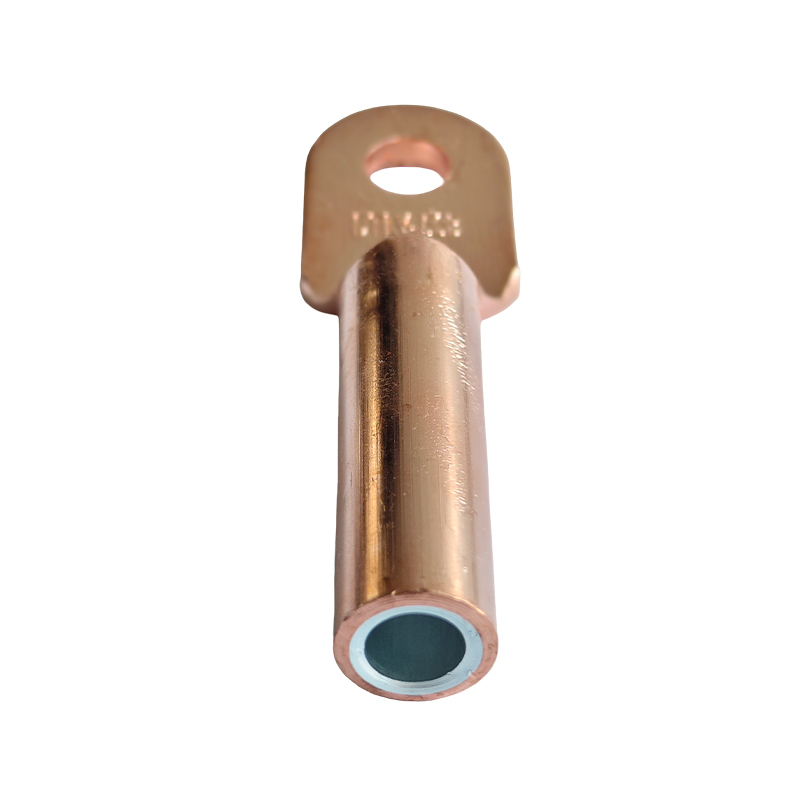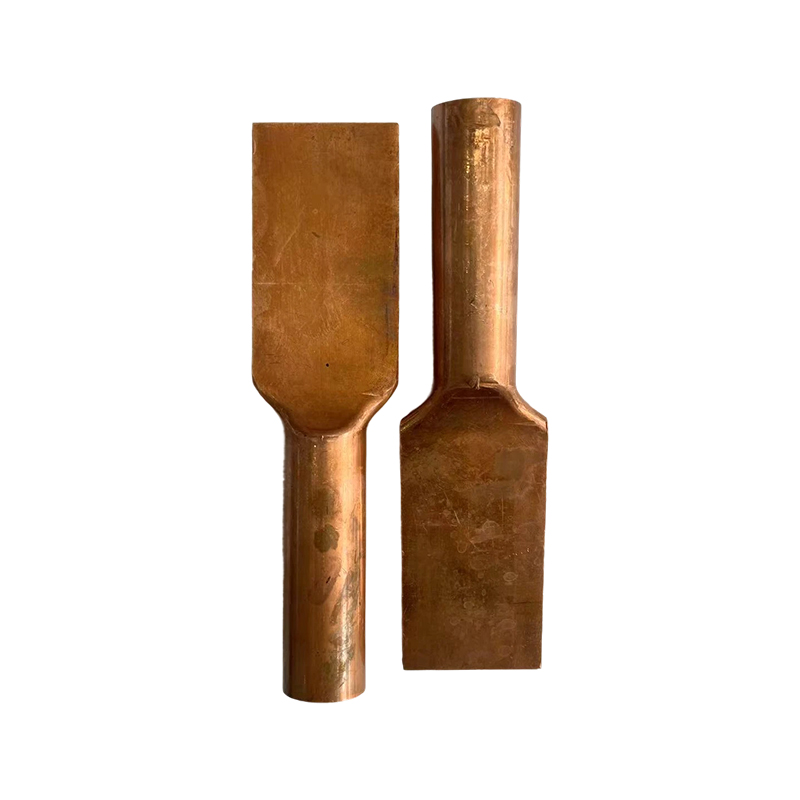In terms of application results, the new copper-aluminum transition clamp has proven its thermal conductivity advantages in actual engineering projects.
- 0086-791-88867631+86-13077913001
- jxlydzkj@163.com
- No. 18 Gaoxin 2nd Road, Nanchang High tech Development Zone, Jiangxi Province







